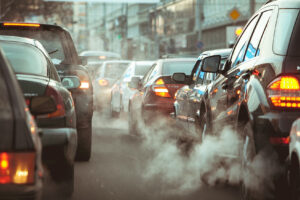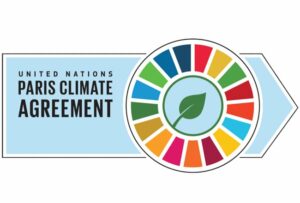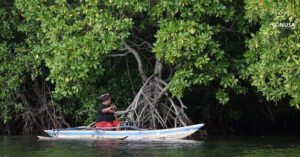The Paris Agreement is frequently mentioned when the topic of climate change is discussed. In a nutshell, this agreement is a global agreement aimed at resolving the current climate crisis. Let’s learn more about the details of the Paris Agreement this time!
So, what is the Paris Agreement?
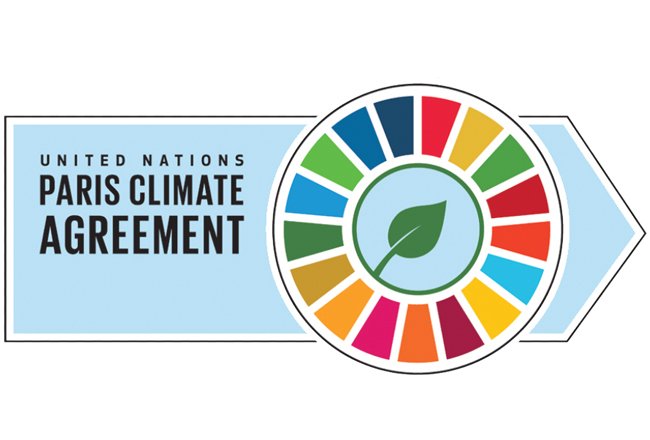
On 30 November – 12 December 2015, the United Nations Framework Convention on Climate Change (UNFCCC) meeting was held in Paris. Then, at the end of the meeting, as many as 196 countries negotiated and gave birth to the Paris Agreement. This agreement binds all UN member nations to working together to combat and prevent climate change.
One of the key elements of this agreement’s contents is to keep global warming to less than 2 degrees Celsius, or at most 1.5 degrees Celsius. This is due to the fact that the earth’s temperature has always been rising. Many people seem to believe that the rate of growth is insignificant, such as 1 degree Celsius, and that there will be no impact.
Scientists, on the other hand, continue to argue that even a 1 degree increase can have major consequences. For example, melting polar ice caps, rising sea levels that can bring catastrophic coastal flooding, the emergence of heat waves, and the extinction of diverse plant and animal species are all possible consequences. All of these problems are no longer imaginary; they are happening right now!
Let’s see who’s complaining more and more these days as the weather gets hotter and more unpredictable, resulting in an increase in natural disasters everywhere? All of this indicates that the earth’s temperature rise and climate change are real!
As a result, the Paris Agreement includes a number of additional significant points. For example, to meet their net zero emission targets, all countries in the globe must reduce their greenhouse gas emissions and other related activities. Then each country must set an emissions reduction target that will be reviewed every five years. Not only that, but in order for this cooperation to be truly effective, developed countries must also help developing countries by funding and supporting the implementation of more effective renewable energy.
So, now is not the time to argue about which country should carry the burden of the responsibility for addressing the climate change issue! Now is the moment to concentrate on fixing what has occurred and avoiding the climate crisis from worsening.
Actions we can take
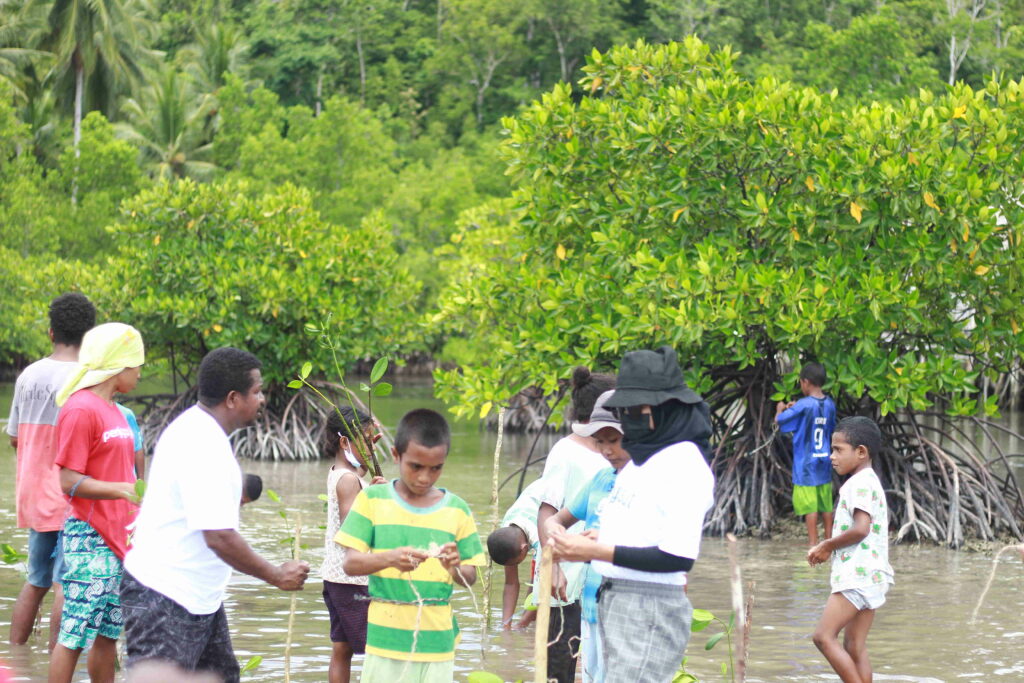
Various stakeholders, such as the government, businesses, and the general public, must work together to fulfill the Paris Agreement’s goals of reducing emissions and slowing the rate of global warming. Individually, we can begin by becoming more aware of our carbon footprints or gas emissions from the many activities we partake in on a daily basis. Although we may feel our carbon footprint is small, if it is accumulated with other individuals it will be a lot too.
On the other hand, even though we think that our environmental acts are insignificant, they will have an impact when combined with other actions. So, don’t be afraid to begin with little steps that we can take! For example, by using public transportation instead of private transportation, managing our food waste so it doesn’t end up in landfills, and saving electricity usage.
It all begins with your own personal habits. Then, as young people, we can educate our peers to pay greater attention to climate issues and work together to take action!





